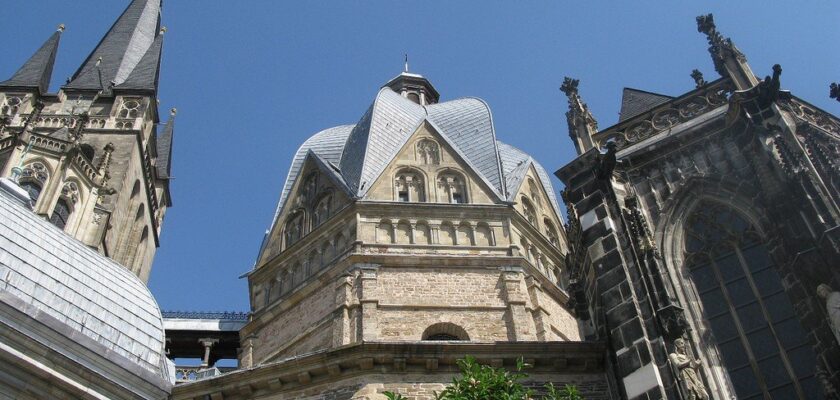Aachen Cathedral
Aachen Cathedral is often referred to as the Imperial Cathedral. In 786, the Palatine Chapel was built by order of Charlemagne, King of the Franks and later the first Holy Roman Emperor. It had an octagonal shape, was covered with a dome and resembled the Byzantine church of San Vitale in Ravenna in Italy, later additions were made to the chapel. Aachen Cathedral, the oldest cathedral in Northern Europe, is a UNESCO World Heritage Site, combining architectural elements of classical Byzantine art and Germanic-Frankish style. King Charlemagne, who died in 814, is buried here.
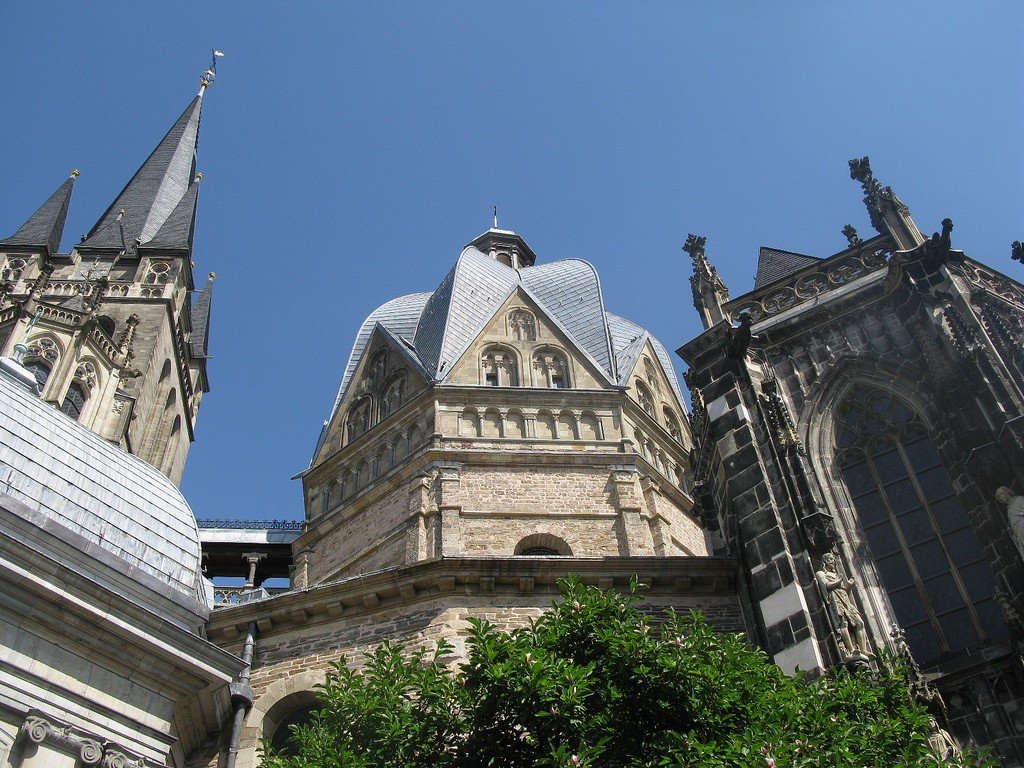
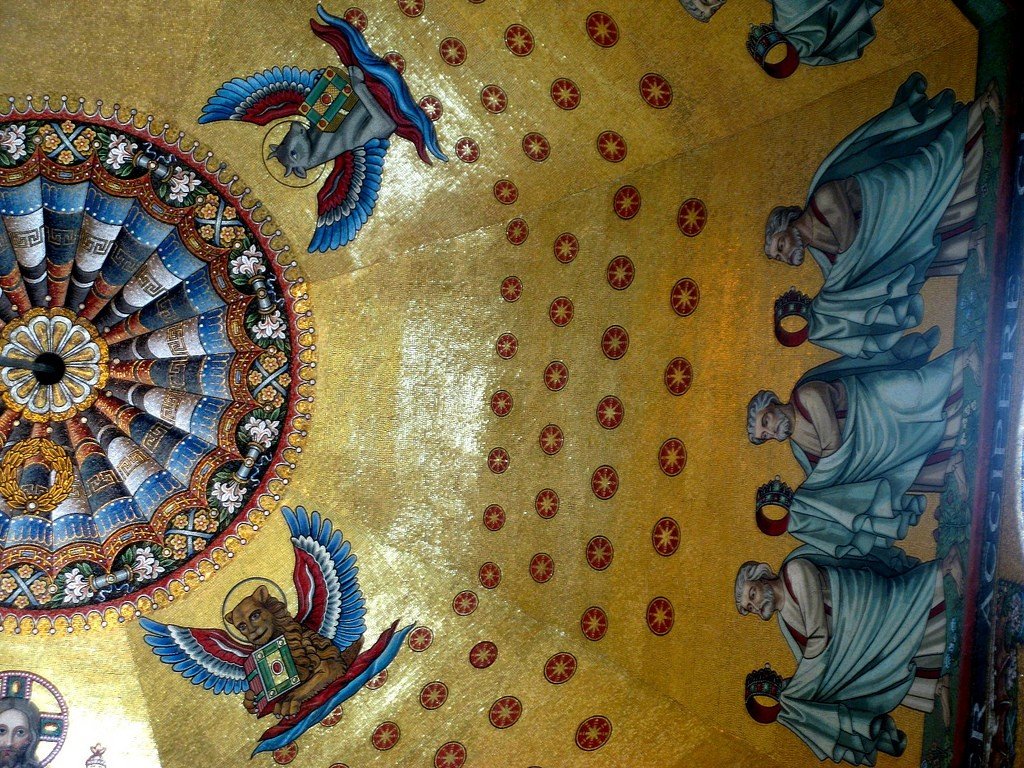
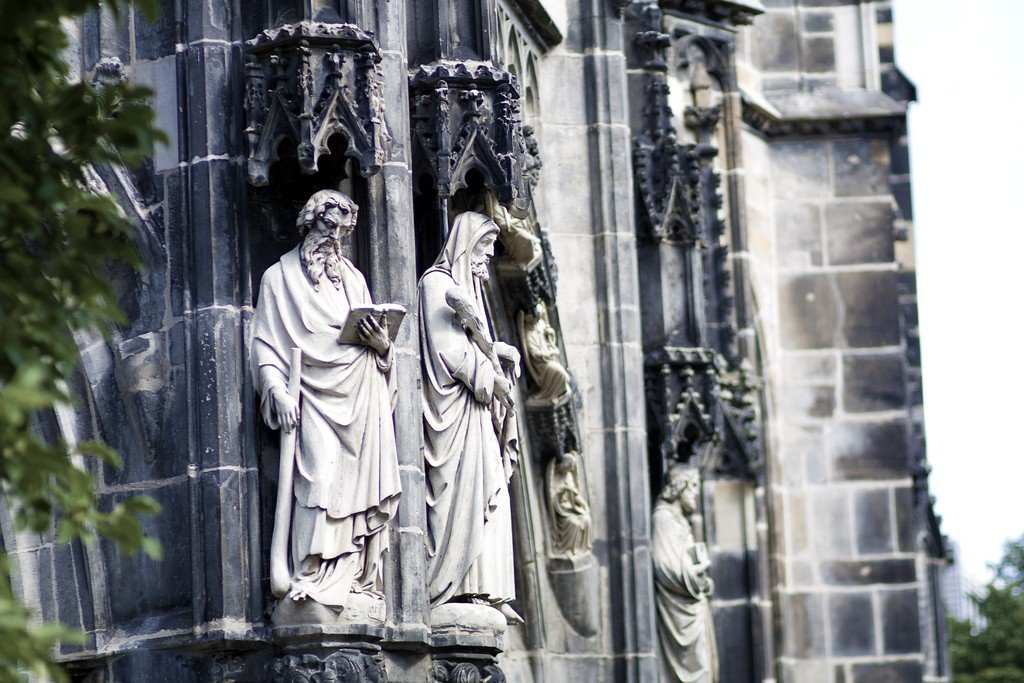
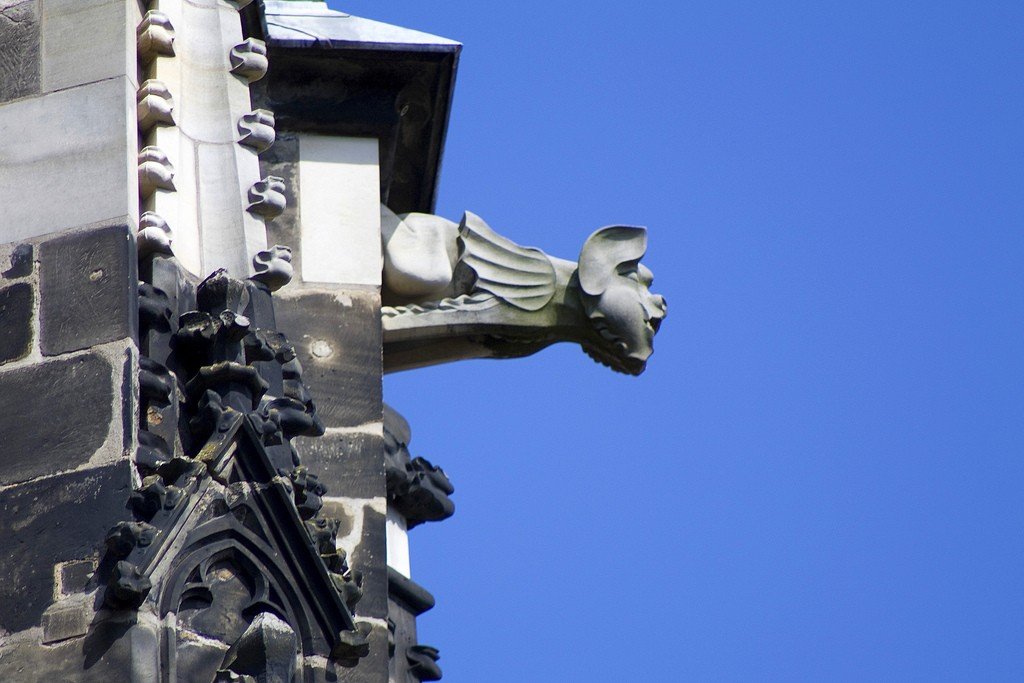
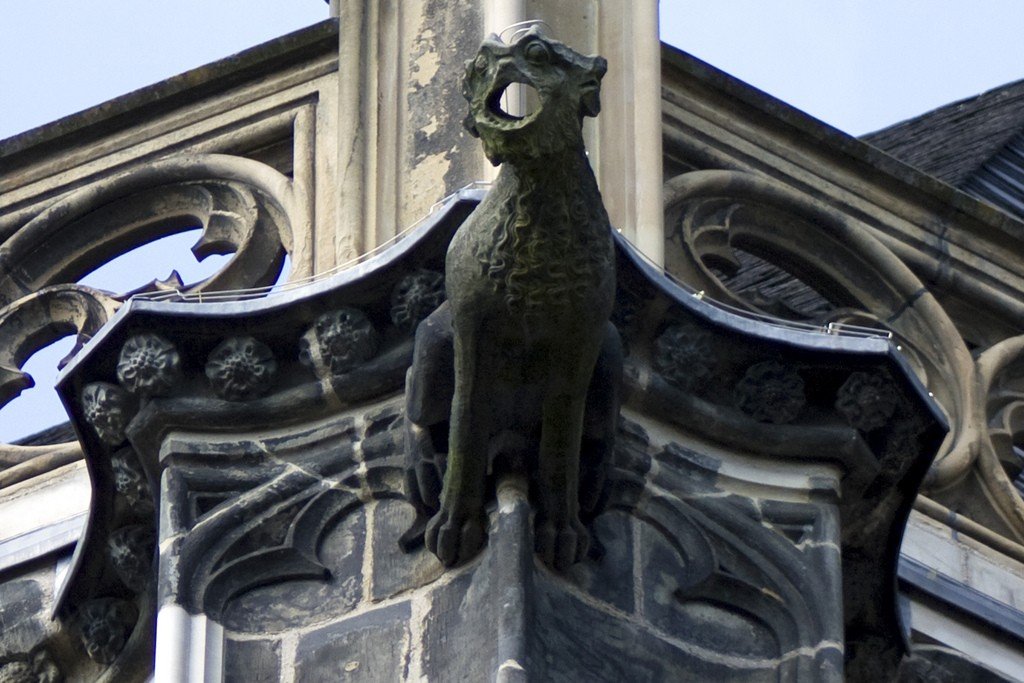
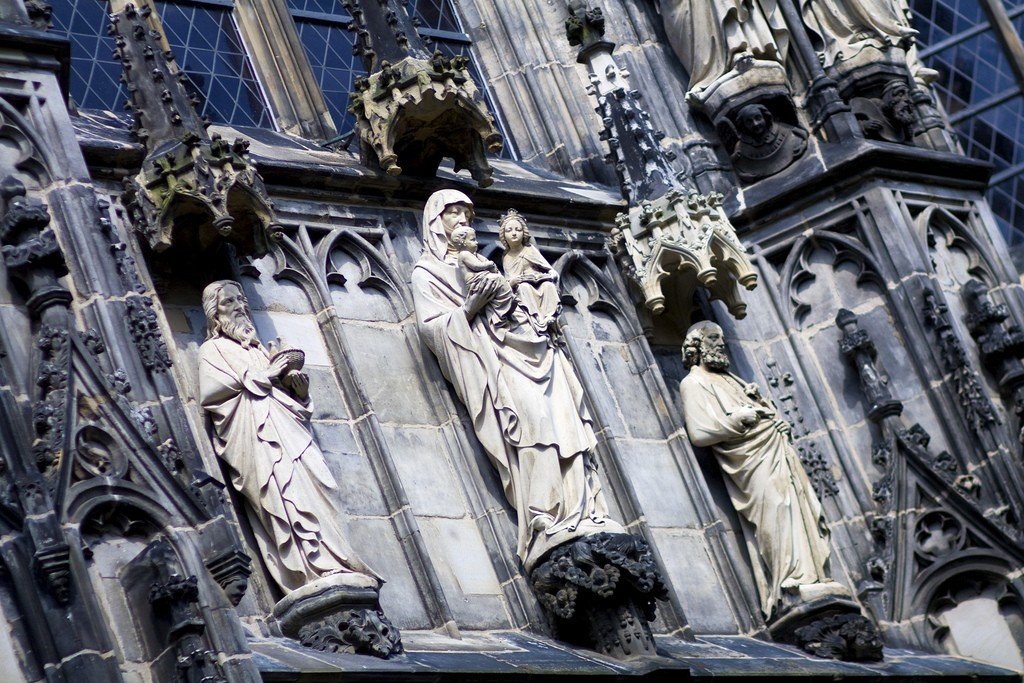
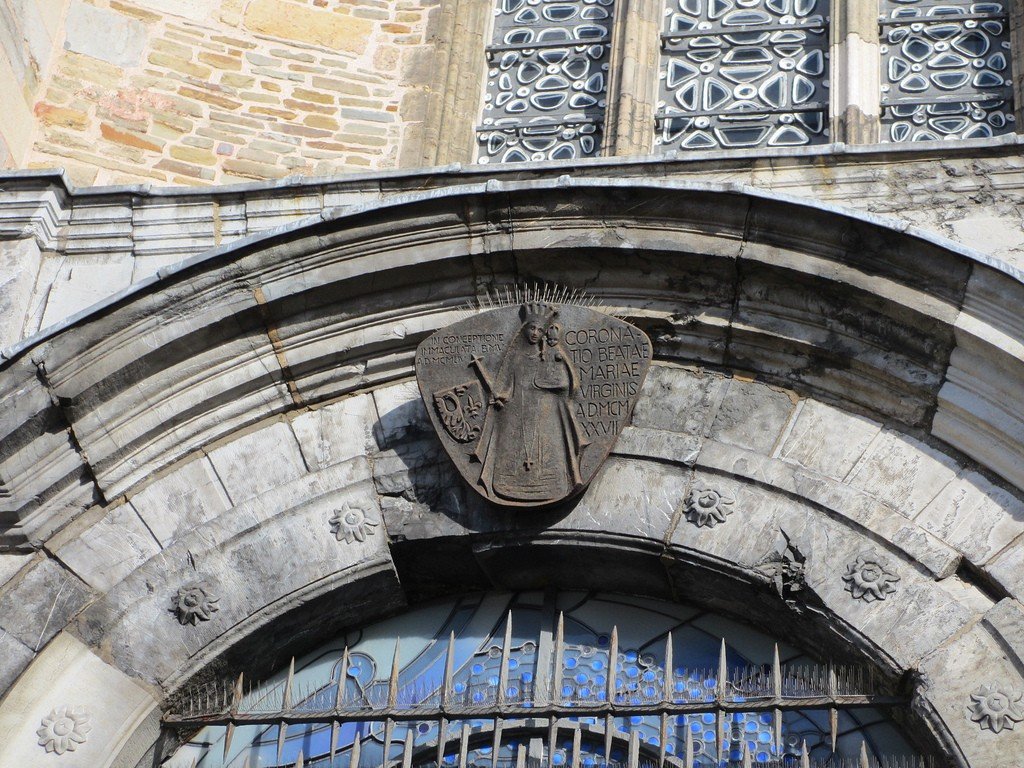
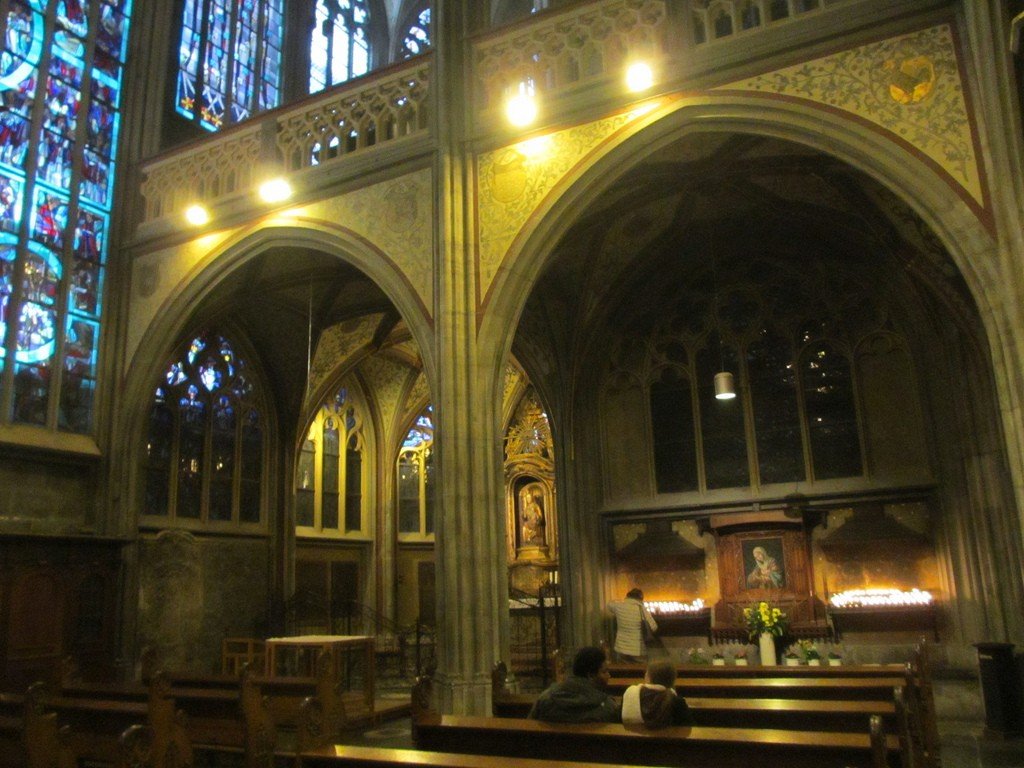
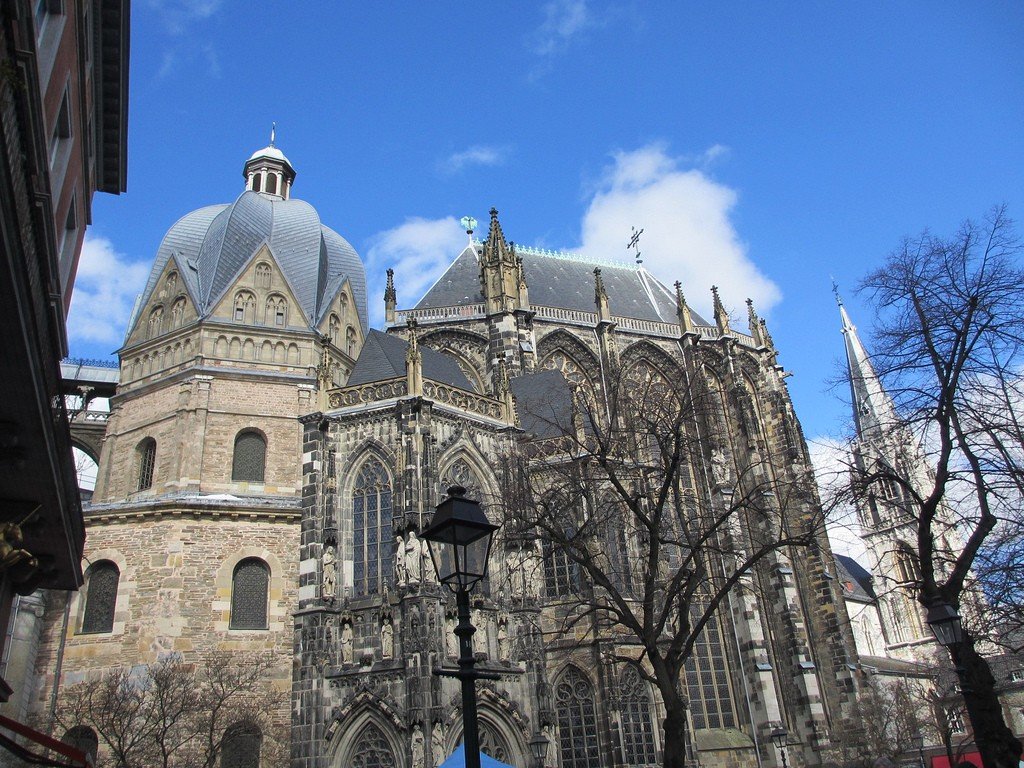
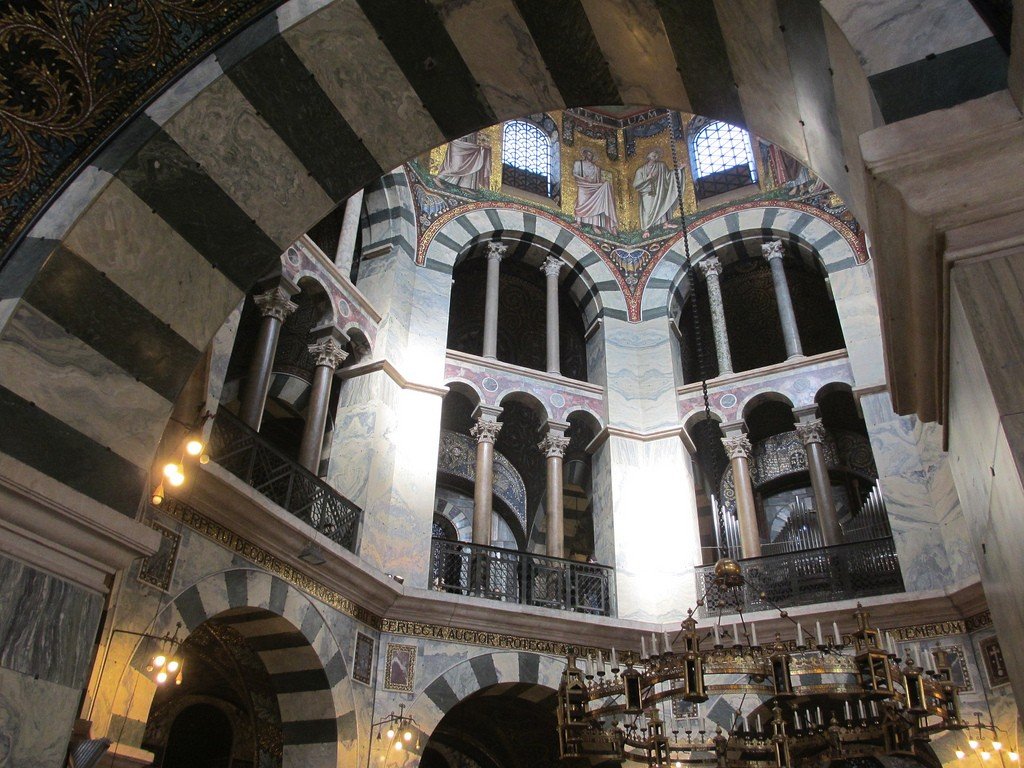
General information
According to legend, in 1100, Otto III decided to open the crypt and saw his predecessor sitting on a marble throne with a crown on his head and the Gospel in his hands. In 1165, Emperor Frederick Barbarossa persuaded Antipope Pascal III to canonize Charlemagne (although Rome never approved this decision), and the chapel became a place of pilgrimage. In the same year Barbarossa buried Charlemagne’s remains in a sarcophagus of Paros marble, and in 1215 Frederick II reburied them in a sarcophagus of gold and silver.
.
The popularity of this pilgrimage site forced the construction of a more majestic building. The rebuilt cathedral was consecrated in 1414, on the six hundredth anniversary of Charlemagne’s death. If the original building seems dark, the new cathedral with stained glass windows is flooded with light. It also houses Charlemagne’s sarcophagus. It was in this picturesque setting that the coronation ceremonies of the Holy Roman Emperors took place until 1531.
.